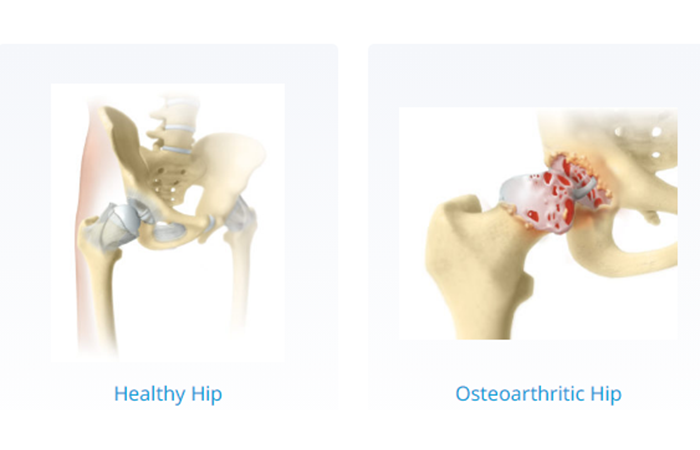ROSA hip is a robotic surgical assistant designed to help your specially-trained surgeon tailor the placement of your hip implant just for you. Here, we will explain what makes the ROSA Hip robot unique, what to expect before your surgery, what will happen with the ROSA Hip robot during surgery and what to expect after your surgery.


Have you experienced…
- Hip pain when walking or climbing stairs?
- Difficulty getting in and out of chairs and bathtubs?
- Hip stiffness after sitting too long?
- Pain that prevents you from sleeping?
- Limitations to activities you love due to hip pain?
Meet our physicians

Michael Florack, MD
Orthopedic and Trauma Surgeon

Thomas Florack, MD, FAAOS
Orthopedic Surgeon

Patrick Riggle, DO
Orthopedic and Hip/Knee Surgeon

Jonathan Dunker, DO
Orthopedic and Sports Medicine Surgeon

Daniel Severance, DO
Orthopedic and Trauma Surgeon
